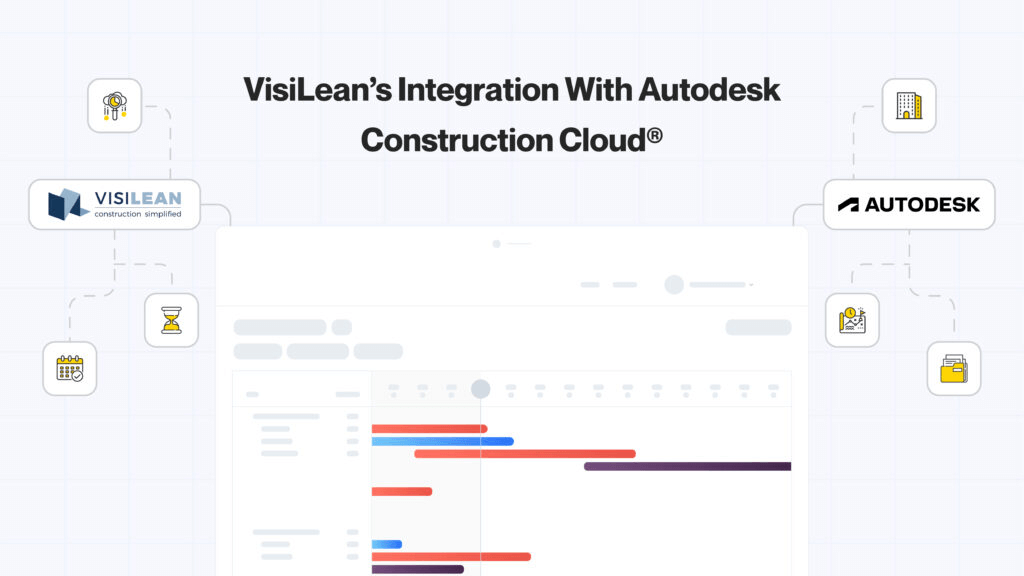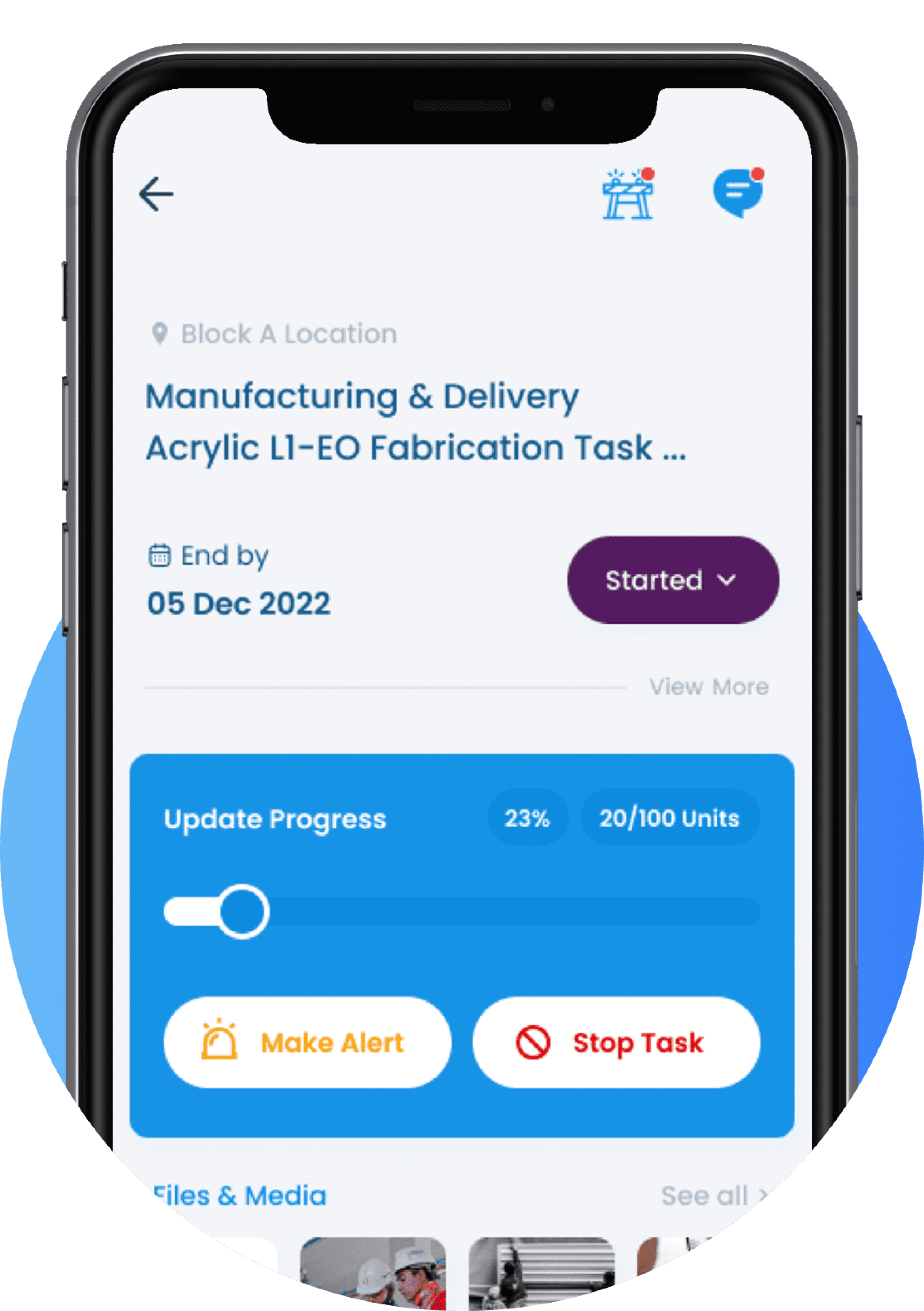There has been an exponential growth of BIM since a decade, from just 13% in 2011 to 73% in 2020. 72% of BIM adopters further claim that BIM reduces risk. Does this mean construction projects have fewer time delays, cost overruns, and disputes?
The BIM Bubble
As an industry, our expectation from BIM and digitalisation is this almost imaginary world where projects are delivered with absolutely no challenges at all.
For Designers, the power of Visualisation is immensely beneficial, with Planners taking this even further to simulate their construction sequences, predict risks, and plan for site logistics.
On-site, Engineers relish instant quantity take-offs and having the exact information of what needs to be done and where, reducing hours of manual work. Project Managers review work with ease, as well as report issues to the entire team directly from the job site.
Despite the endless possibilities and benefits of BIM and digitalisation, construction projects continue to be plagued with delays and cost overruns.
There is no doubt that BIM has revolutionized the digitization of the construction industry with proven advantages in all the phases of the project. As a promising buzzword, BIM is considered a central vehicle to increase efficiency and productivity in AEC projects.
But can BIM alone do the magic?
The Problem begins when we expect the Tech to the Magic
Our idealistic approach to Problem – Solution – and expected Results is, least to say, delusional for projects in our industry.
Expectations are set high with just the adoption of new technology, with a completely blind eye to any realistic conception. Teams generally tend to overlook the complexities and challenges, since these are anyway rarely highlighted in the industry.
We are wrong to assume that just the implementation of BIM, by say creating a data-rich 3D model, will deliver on any results automatically, till it is actually put to use in a dedicated manner.
The Magic is done by the People, your Teams
The true benefits of the promises of technology need to be realised, not simply deployed, and this realisation is done by your teams with effective implementation strategies and supporting processes.
Construction is Fragmented, Complex, and Uncertain
Construction projects are complex endeavors and a dispersed industry structure further limits trust-based forms of collaboration. To add to this, there are numerous challenges associated with the adoption of BIM, from organisational hurdles of hierarchy to legal concerns and bureaucracy. Numbers reveal that 46% of the industry feels that the projects they work on are too small for BIM use and 64% believe that a lack of client demand remains the greatest barrier to the adoption of BIM.
The challenge at its core is that there is a huge gap between these promises and the reality of projects in the construction industry. The way BIM is perceived is completely utopic, with fundamental issues related to its adoption yet to be addressed by the mass of the industry. Prevalent factors of fear of investment, lack of drive from clients, and resistance from teams to adopt new practices continue to plague any realisation of actual benefits.
VisiLean is a cloud-based Lean BIM construction management software that enables real time communication and collaboration between your project teams. Visualise your project in your BIM models with VisiLean with our unique Lean BIM features. Check out the latest BIM features and their proven benefits VisiLean provides at- https://visilean.com/features/
If you are determined to implement BIM effectively in your construction management processes, sign up for a 30 days fully featured free trial at VisiLean – https://visilean.com/free-trial/
Want to know more about us? – https://youtu.be/vALoybf0zpM
This is Part – 1 of the two-part blog on the topic – BIM Utopia – The biggest gap between technology potential and realised benefits. We’ll be back next week with the key to enable a holistic digital transformation that will allow you to go beyond BIM!







